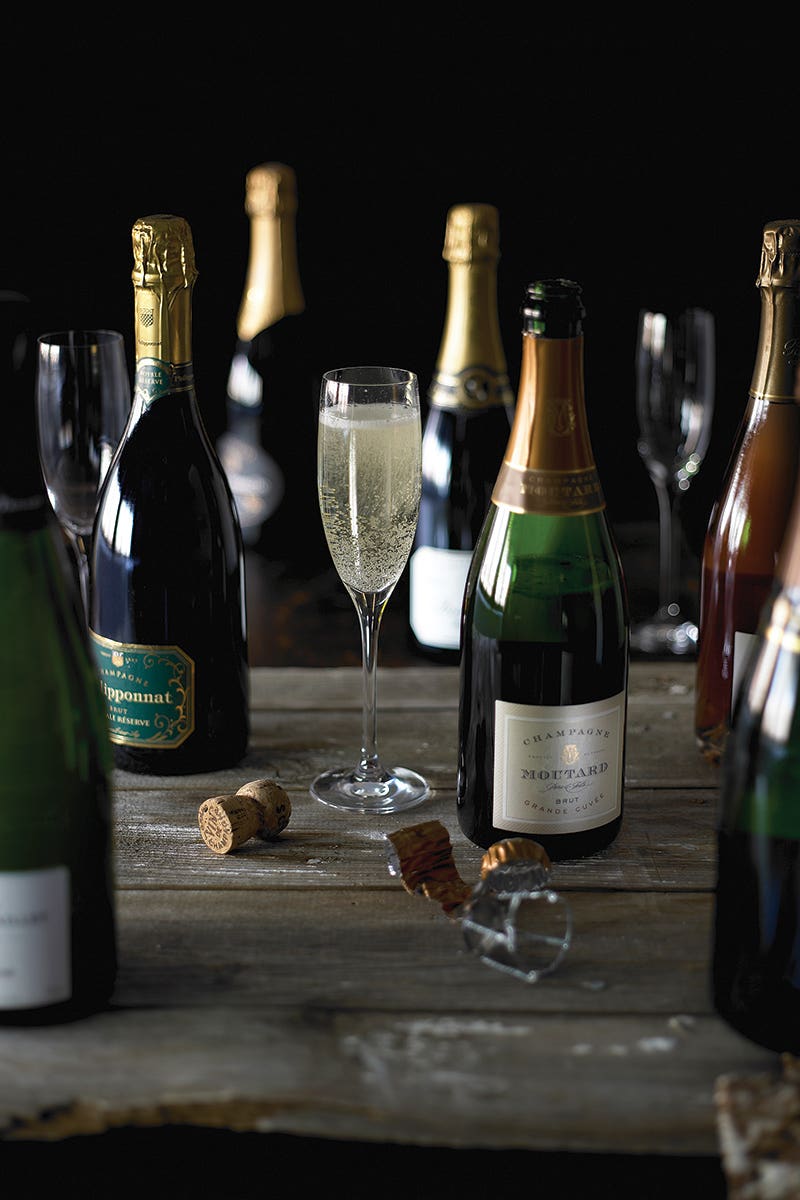
About 90 minutes northeast of Paris lies the region of Champagne. Here, the tricky climate is prone to frost, and the growing conditions vary across vineyards and vintages. Rather than rely on a few farmers, big producers buy grapes from many, blending to achieve consistent branded styles.
That's how it's long been done. But there's another reality in Champagne. After nearly a century of dominance by famous brands—Veuve Clicquot, Dom Perignon—Champagne is experiencing a small-scale revolution. For decades, growers have quietly made their own wines. They are champagne's new face. More than 4,600 now sell wine made from their grapes. Place has begun to matter, and so has innovation. Champagne, the luxury product, is becoming an artisan wine.
For fans like me, it's an exciting moment. I admire these “grower” wines. They embrace variations of vintage and express the moods of specific villages. Each tells a unique story.
The godfather of this movement is Anselme Selosse, who returned from winemaking studies in Burgundy in 1974 intent on improving his family's wines. He stopped using chemicals and swapped commercial yeasts for native ones. Later, he began making single-vineyard wines, crafting laser-sharp snapshots of his land.
Others followed. While Selosse's wines are rare and pricey, those of his disciples can be affordable yet still fascinating. Alexandre Chartogne ages wine in concrete eggs, which yield rich, soft texture without oakiness. His Saint-Anne cuvée is lush yet fresh, heady with caramel, citrus, and flowers. It expresses the potential of the land in his overlooked village of Merfy on the urban outskirts of Reims. Nearby in Eceuil, Frederic Savart makes the fine-boned L'Ouverture from pinot noir vines his family planted in the 1940s. It's a case study in the grape's rye-cracker savoriness and orange flavors. To the south in Aube, producers like Cédric Bouchard and Vouette et Sorbée have turned a backwater into a similar hotbed.
The agriculture is also evolving on the most valuable land. In the grand cru village of Bouzy, Benoît Lahaye farms biodynamically, using earth-friendly means once thought impossible in Champagne, where fungicides have long been used to combat mold.
All of this hasn't gone unnoticed by the grand old houses. Louis Roederer, arguably Champagne's most diligent big name, now farms nearly 600 acres of its own land. It's an indicator that Champagne, once shrouded in a mystique of luxury, is becoming a real place. If you ask me, that's worth popping a cork for.
Tasting Notes
NV Benoît Lahaye Rosé de Macération ($70) A testimony to the seriousness of rosé, with deep currant notes and thyme aromas.
NV Chartogne-Taillet Cuvée Sainte-Anne Brut ($30) This powerful, precise wine is heady with plum, perfume, and bread crumbs.
Moutard Pere & Fils Grande Cuvée Brut ($28)An Aube wine showcasing affordable quality with tangy crab-apple, currant, chestnut, and a chalky bite.
NV Varnier-Fannière Grand Cru Brut ($50) Sea foam, almond, and marmalade mark a generous wine that's also firm in structure.
NV Savart L'Ouverture Premier Cru Brut ($48)A polished pinot expression with round apricot flavors balanced by spice.
Cédric Bouchard Inflorescence Côte de Val Vilaine Brut ($75) The Val Vilaine vineyard in Polisy delivers a rieslinglike minerality—austere slate meshed with dried moss and cranberry.
NV Philipponnat Royale Reserve ($45) Creamy pastry aspects and opulent fruit balanced by a stoic minerality.
Keep Reading
Continue to Next Story










